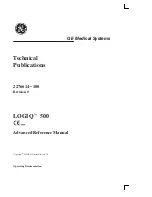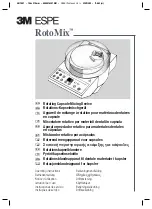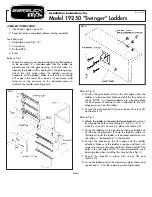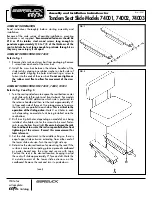Reviews:
No comments
Related manuals for S1

Ettan IPGphor 3
Brand: GE Pages: 64

AMX 4+
Brand: GE Pages: 56

AMX 4+
Brand: GE Pages: 132

AKTAprocess
Brand: GE Pages: 16

Logiq 500
Brand: GE Pages: 474

FL Series
Brand: C.M.O Pages: 10

1100
Brand: DAKO Pages: 25

RotoMix
Brand: 3M ESPE Pages: 50

WS Series
Brand: VACGEN Pages: 13

19250
Brand: Garelick Pages: 2

74002
Brand: Garelick Pages: 2

Derby
Brand: Varytec Pages: 5

R60
Brand: Saab Pages: 98

DCU10
Brand: Kaixin Pages: 89

MT550
Brand: Major tech Pages: 12

Cutler-Hammer ATC-300
Brand: Eaton Pages: 32

CDHT Series
Brand: LSI Pages: 24

PMH Series
Brand: S&C Pages: 32

















